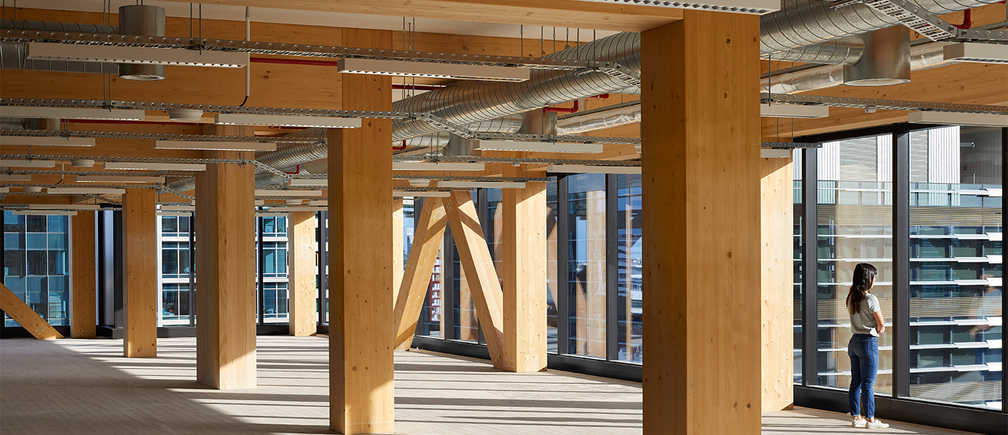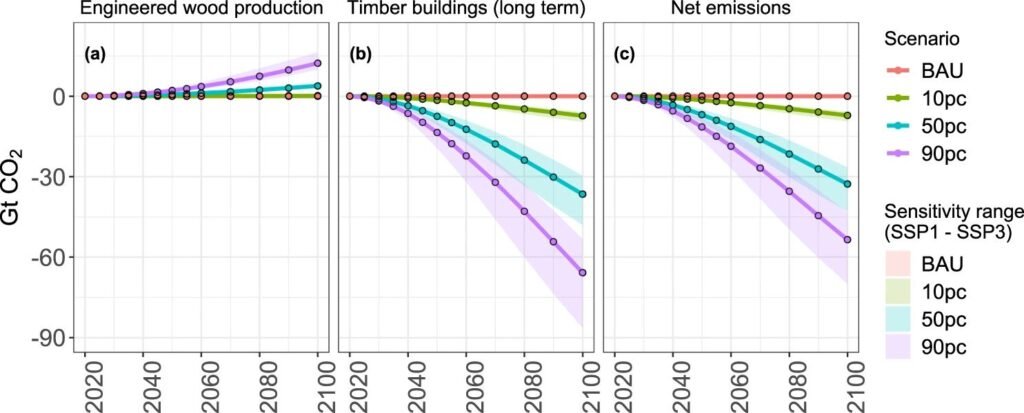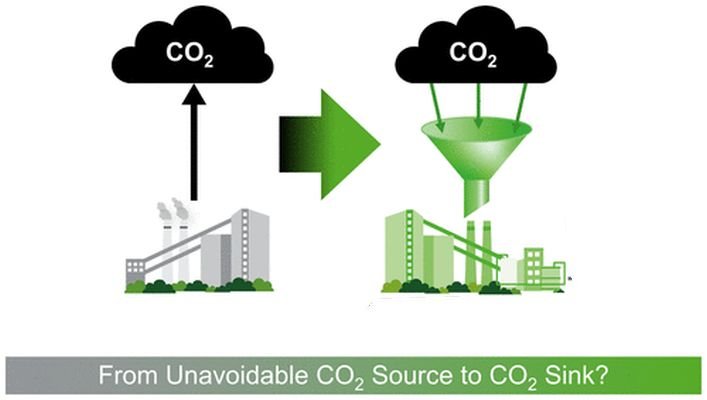Cities already house more than half of the world’s population, and this figure is expected to rise dramatically by 2100. This means that more homes will be constructed using steel and concrete, both of which have a significant carbon impact.

In 2020, raw material production for conventional buildings accounted for nearly 10% of worldwide greenhouse gas emissions, with cement (1.48 gigatonnes) and iron and steel (3.55 gigatonnes) production accounting for the majority of the emissions.
Continuous use of conventional construction materials for future infrastructure development might claim 35-60% of the remaining carbon budget involved with keeping global temperature rise below 2 degrees Celsius.
But now we have a choice. We can accommodate the new urban population in mid-rise, four to twelve-story wooden structures.

According to the Potsdam Institute for Climate Impact Research, housing 90% of the future urban population in newly built urban mid-rise buildings with hardwood structures might save 106 gigatonnes of CO2 by 2100. By 2100, forest plantations will need to expand by up to 149 million hectares, while harvests from unprotected wild forests would need to rise. The findings suggest that expanding timber plantations for wooden houses is feasible without having a significant impact on agricultural productivity.

Even if frontier forests and biodiversity hotspots are maintained, strong governance and careful planning are essential to enable a sustainable transition to wood cities. This research provides insight into how to provide shelter for a growing global population without exceeding the Earth’s carbon budget.
Reference- journal Nature Communications, Potsdam Institute for Climate Impact Research study, Clean Technica






